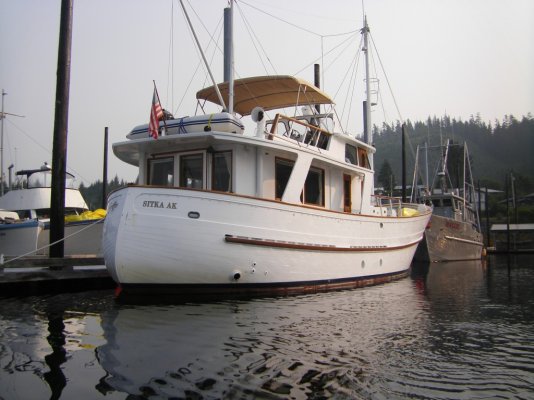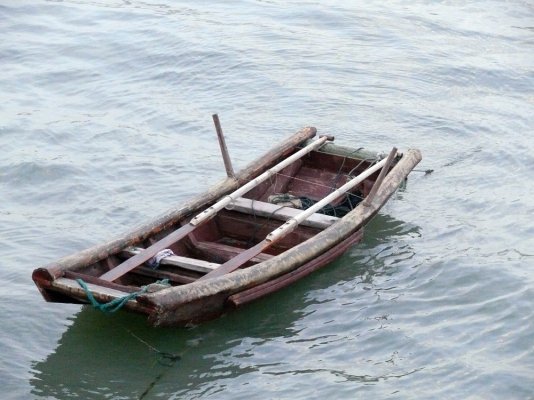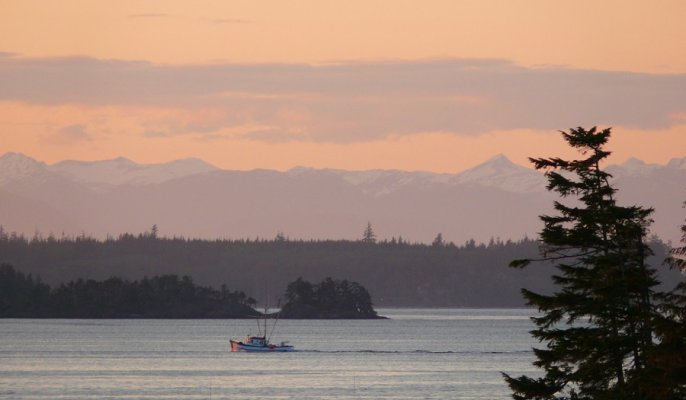Eric--- While I think your theory of the action of an*up or down curve at the rear of the fluke of an anchor like the Rocna, Sarca, Manson, etc is correct, I think the reality of this curve's effect on the anchor's performance is very minor. The basic principle of the roll-bar spade anchor--- it ends up on its side, pulling on it pivots the sharp point into the bottom and the blade slices down, and the blade then rotates to end up resisting the boat's pull because of it's basic shape and angle into the bottom---- is why they work.
So in my opinion, the angle of bend at the very back of the fluke, either up or down or none, is pretty irrelevant to the anchor's actual performance.
Much more important, I think, is the shape of the tip, which has to do the initial penetrating, and how the design enhances the pivoting force that drives the tip into the bottom. This is where I believe the Rocna's design is superior to the Manson Supreme's.* If there is any difference in the diameters of the roll bars on the Rocna, Manson, and Sarca, it's probably not much and I doubt it makes any difference.* There is a small hole drilled in the top of the Rocna's roll bar and I thought it might be of some significance--- when I asked Rocna about it they said it's only*there to aid in draining the galvanizing material when the anchor is manufactured or re-galvanized.* So, nothing dramatic

As to the photo, we carry two dinghies on our our boat. It came with the lovely Montgomery sailing/rowing dinghy in the cradle on the aft cabin top. It's a great little boat, a lot of*fun to sail or*row,*but as a utilitarian shoreboat, not so good. Too tippy, too small.* So a few months after acquiring the GB we added a 9' Livingston on Weaver Davits on the swimstep (see photo below).* We deploy and retrieve it using the boom fall--- a one person, one hand, very fast*operation. *I took the buoy photo from Livingston.
-- Edited by Marin on Friday 2nd of July 2010 12:07:18 PM







